As I wrote before in the previous post on our visit to the Kennedy Space Center in Florida we went on a special tour that also included the Cape Canaveral Air Force Base. On this base are several historic sites such as the launch facilities where the first American Satellite was launched the first American manned space flight and so on. In the picture on the left you can see a Mercury-Redstone rocket on its original launch pad where Alan Shepard launched as the first American in space. The mercury project later on led to the Gemini project and that eventually went into the Apollo program. On this spot you could still see everything as it was back in 1961 when this all happened.
It is nice to see everything on the outside but we also went into the launch building and all the equipment in still in there. It is amazing to see all the old equipment and hear our guide tell how it all was back then. They really had no idea what was going to happen when they launched the first man into space and they just improvised as they went along. Back then they already decided to launch over the Ocean so that if anything went wrong they could let the rocket explode over the Ocean in stead of over the land causing possible civilian casualties. It was also interesting to see how all this knowledge was brought in by a German engineer called Dr. Werner von Braun who just before developed the V2 rockets for the Germans in WWII. There even still was a V2 rocket engine in one of the buildings there.
Here is a view from the window of the launch complex. As you can see they were actually quite close. There was only 300 meters between the rocket and the building. Now-a-days during Space Shuttle launches the minimum safe distance is around 5000 meters, but of course the rockets are bigger as well. The windows you see are actually made out of 3 layers of bullet proof glass to prevent anything from coming trough and the whole building was build like a bunker with blast doors and all. In the picture above you can also see the clocks hanging over head showing local time, count-down, hold-time and Zulu time.
And here is a picture of the Launch Computer. It have been very sophisticated back then, but the logic in there probably would fit 100 times in your mobile phone now. Next to the Mercury launch pad was also the pad where the first American Satellite launched. After this we also visited the Gemini facilities and also the spot where the Apollo 1 crew died in a tragic accident during a plugs out test. And even now there are some active launch pads on the Air Force base where they still launch all kinds of satellites, but we were not allowed to make pictures of those of course ;) All in all I really enjoyed this tour and it really has a magical feel to this early space exploration stuff. I can really recommend taking this tour when you are at the Kennedy Space Center. You will just have to book it up front since there is only one tour a day and they fill up very quickly. I hope you enjoyed this and I'll happily tell you more about it if you are interested. Just let me know. I'm glad I have seen this as it is all part of the whole Apollo and Space Race history.
It is nice to see everything on the outside but we also went into the launch building and all the equipment in still in there. It is amazing to see all the old equipment and hear our guide tell how it all was back then. They really had no idea what was going to happen when they launched the first man into space and they just improvised as they went along. Back then they already decided to launch over the Ocean so that if anything went wrong they could let the rocket explode over the Ocean in stead of over the land causing possible civilian casualties. It was also interesting to see how all this knowledge was brought in by a German engineer called Dr. Werner von Braun who just before developed the V2 rockets for the Germans in WWII. There even still was a V2 rocket engine in one of the buildings there.
Here is a view from the window of the launch complex. As you can see they were actually quite close. There was only 300 meters between the rocket and the building. Now-a-days during Space Shuttle launches the minimum safe distance is around 5000 meters, but of course the rockets are bigger as well. The windows you see are actually made out of 3 layers of bullet proof glass to prevent anything from coming trough and the whole building was build like a bunker with blast doors and all. In the picture above you can also see the clocks hanging over head showing local time, count-down, hold-time and Zulu time.
And here is a picture of the Launch Computer. It have been very sophisticated back then, but the logic in there probably would fit 100 times in your mobile phone now. Next to the Mercury launch pad was also the pad where the first American Satellite launched. After this we also visited the Gemini facilities and also the spot where the Apollo 1 crew died in a tragic accident during a plugs out test. And even now there are some active launch pads on the Air Force base where they still launch all kinds of satellites, but we were not allowed to make pictures of those of course ;) All in all I really enjoyed this tour and it really has a magical feel to this early space exploration stuff. I can really recommend taking this tour when you are at the Kennedy Space Center. You will just have to book it up front since there is only one tour a day and they fill up very quickly. I hope you enjoyed this and I'll happily tell you more about it if you are interested. Just let me know. I'm glad I have seen this as it is all part of the whole Apollo and Space Race history.







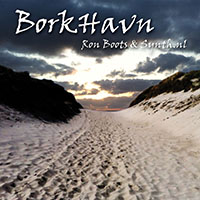
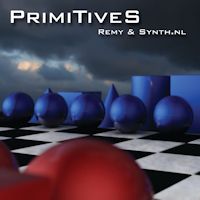
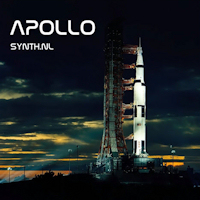

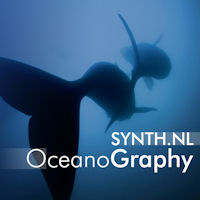
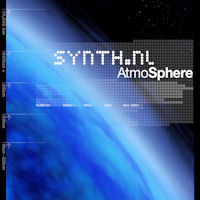

No comments:
Post a Comment